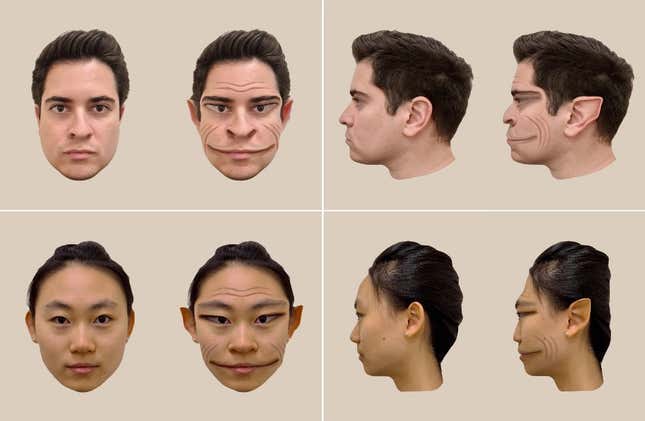This week’s science news brings a captivating mix of celestial wonders, a touch of human drama, and a curious medical mystery.
From a rare astronomical event to an intriguing neurological condition, here’s a glimpse into what’s piquing the scientific community’s interest:
Devilish Dance in the Sky: The “Devil Comet” Joins the Solar Eclipse
Skywatchers in North America are in for a celestial double feature this April. A total solar eclipse, already a guaranteed spectacle, might be graced by the presence of a visitor from the outer solar system – Comet 12P/Pons-Brooks, also known as the “Devil Comet.”
This eerie nickname arises from the comet’s appearance. Past eruptions have left it with two distinct tails of gas and ice that some find resemble devil horns. While not a danger to Earth, the comet’s closest approach during this timeframe promises an awe-inspiring sight, especially for those in the path of totality during the eclipse. Comet hunters and eclipse enthusiasts will have their telescopes trained skyward, eager to capture this unique cosmic convergence.

Unveiling the Sun’s Secrets: A Glimpse During Eclipse Totality
The total solar eclipse, occurring on April 8th, offers a unique opportunity to study the sun’s usually hidden corona, its wispy outer atmosphere teeming with solar activity. This fleeting moment provides a window to observe solar phenomena like prominences – fiery loops and towers of plasma clinging to the sun’s edge – and even rarer events like coronal mass ejections (CMEs), colossal eruptions of magnetized plasma that can travel millions of kilometers and interact with Earth’s magnetosphere. However, the brevity of totality, typically lasting only a few minutes, poses a challenge for scientists studying these dynamic phenomena.
Citizen Continental-America Telescopic Eclipse (CATE 2024) is a project aiming to overcome this limitation. By strategically positioning 35 teams of citizen scientists across the path of totality, CATE 2024 aims to capture a continuous 60-minute 3D movie of the eclipsed sun. This innovative approach is akin to stitching together observations from across the continent, creating a moving picture of the corona with unprecedented detail. It could unveil the secrets of the sun’s corona in unprecedented detail, potentially revealing previously unseen solar eruptions and their potential impact on Earth’s magnetosphere and communication systems. CATE 2024 not only contributes valuable scientific data but also fosters public engagement in astronomy, inspiring a new generation of space enthusiasts.
A World Unseen: Man Sees Faces as Reptilian
In a curious medical case, a man identified only as SM has a rare condition that alters his perception of human faces. This condition, known as Capgras delusion, causes him to see the faces of friends, family, and even strangers as reptilian. While the exact cause remains unknown, scientists believe it might be linked to damage in the brain regions responsible for facial recognition and emotional processing. SM’s case sheds light on the complex interplay between the brain and our perception of the world around us. It highlights the fascinating ways in which neurological conditions can alter our reality, prompting further research into the mechanisms underlying facial recognition and emotional processing in the human brain. Studying cases like SM’s can help us not only understand these conditions better but also appreciate the remarkable feat of human perception that allows us to recognize and connect with the faces of those around us.

These are just a few of the captivating science stories grabbing our attention this week. As we delve deeper into the mysteries of the cosmos, explore the intricacies of the human mind, and even encounter the occasional scientific oddity, the world of science continues to unveil its wonders and challenges.



















